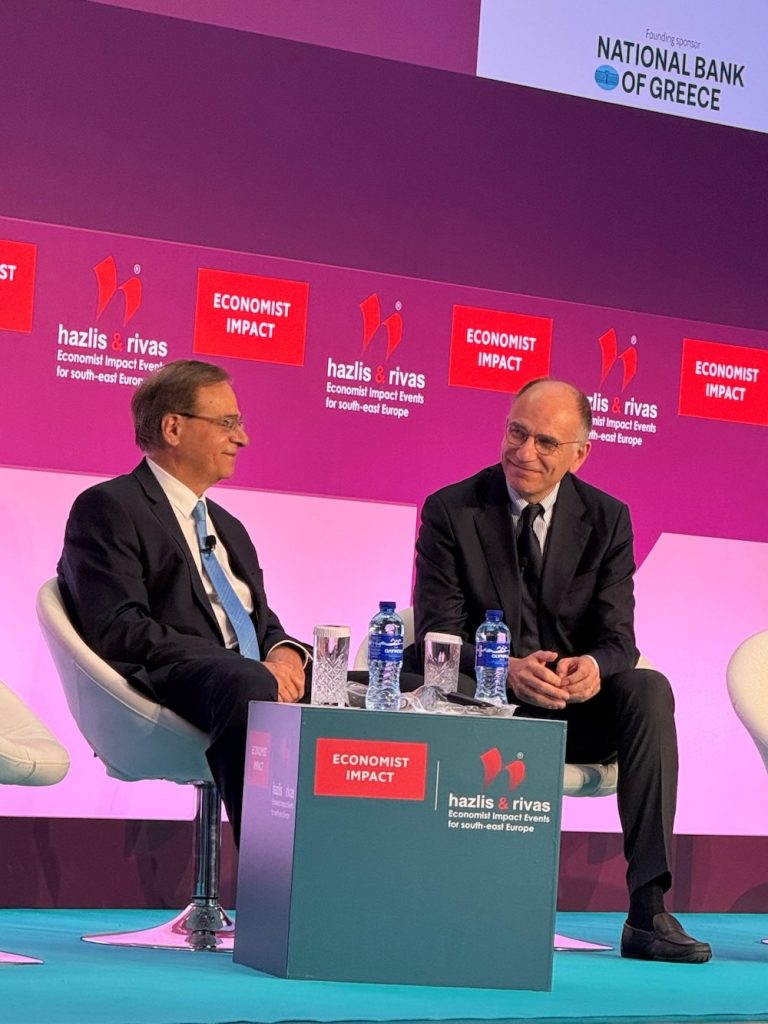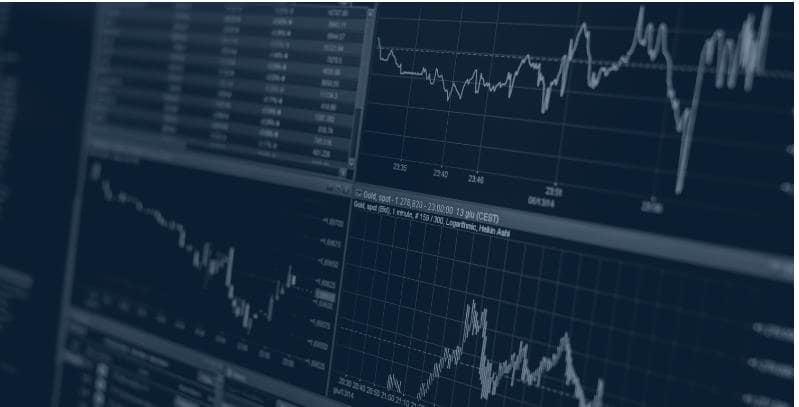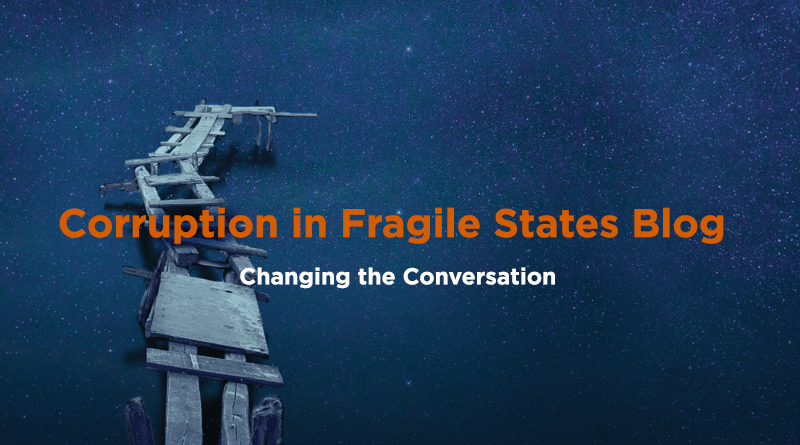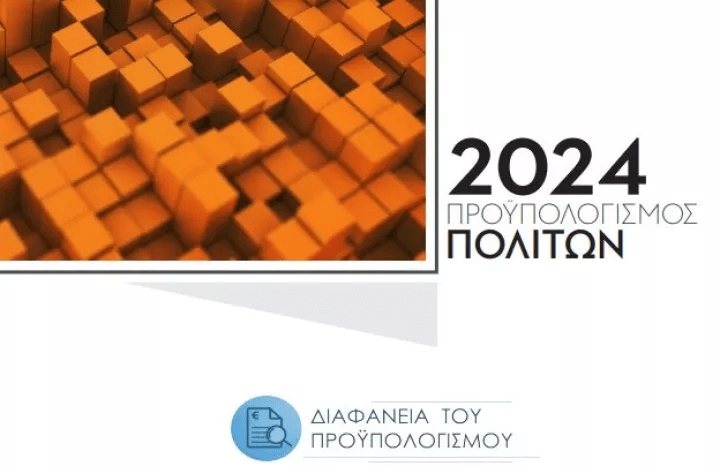Banking in the SEEs: Crisis Effects, Outlook and Risks
Author: Gikas A. Hardouvelis
Venue: Bank of Greece & the University of Oxford (SEESOX) conference, Lecture in Session II: “Challenges and Prospects of South East European Economies in the Wake of the Financial Crisis,” Athens
October 16, 2009
Abstract:
Dear governors, distinguished guests, ladies & gentlemen:
It is my great pleasure to be here today and say a few words about the banking developments in the South Eastern European Economies, the effects of the crisis and the way I see the financial sector evolving in the years to come.
In the last six months, thanks to the drastic intervention of governments, central banks and international organizations, we have managed to escape a major collapse of the global financial system.
This narrow escape is evident in the financial press, which has switched the topic of discussion – as the weekly magazine The Economist puts it – from the future of capitalism to the future of capital requirements. The interbank market is almost back to normal, the bond market is revived, M&A activity is up, and the international stock markets have already discounted the recovery of the global economy and future new profit opportunities.
I will begin by briefly reviewing the market views on the crisis, then discuss the structure of banking in the SEE countries and the problems that constrain new lending to households and corporations. I will finish with an assessment of the future evolution of the banking industry in our region and the globe.
Download Banking in the SEEs: Crisis Effects , Outlook and Risks pdf












